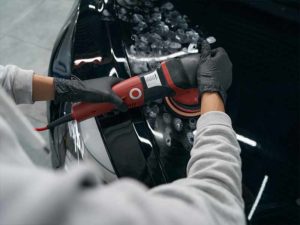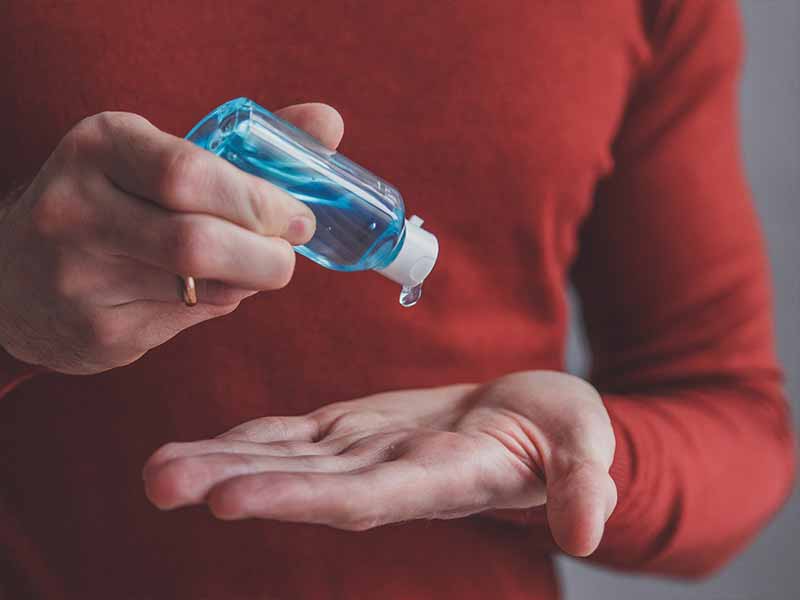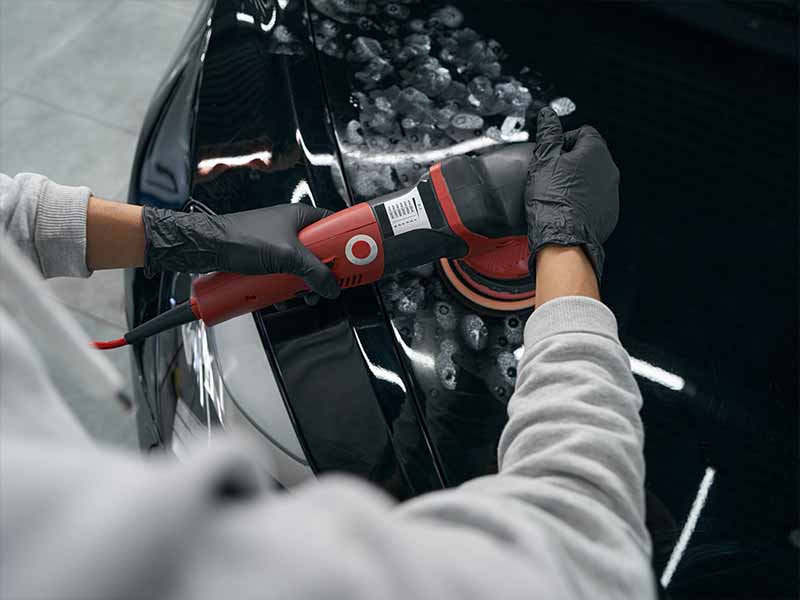Table of Contents
When you invest in a nice vehicle, you should be willing to invest in its maintenance and appearance. To ensure your vehicle continues looking as good as it did when you first purchased it, you will want to invest in auto detailing services and apply wax to the car regularly.
However, for optimal results, you need to know how to apply wax to your car properly. After all, the entire waxing process can be a bit confusing.
Can You Leave Wax On A Car Overnight?
Many people wonder if you can leave wax on overnight on their car. Well, the short answer is yes, but you shouldn’t!
Due to the fact the sun isn’t out at night, the wax won’t be incredibly difficult to remove from the car the next morning, but the damage left behind won’t be attractive. There will be so many streaks that you will be forced to strip that wax away and re-wax the vehicle.
What Happens If You Leave Wax on Your Car?
When you leave the wax on your car for too long, it will harden. When the wax hardens, it becomes that much more difficult to remove. Further, the wax may not even out properly and leave streaks behind when you remove it.
Ultimately, you want to wipe off the layer of wax from the surface as soon as possible. Otherwise, you run the risk of making your vehicle look terrible instead of great, especially if you have dark-colored paint.

How Long Can You Leave Wax on Your Car?
Ultimately, you should follow the instructions that come with your wax product when waxing your car.
While there is no strict time limit regarding how long you can leave wax on your car, there are no benefits to leaving the product on a vehicle for longer than directed. In fact, the longer the wax stays on the vehicle, the more risk there is of damage to the car.
Wax should only be left on a vehicle long enough for it to dry. It is at this point that the wax should start to be removed.
Once you are able to cleanly swipe the wax with your finger, which is generally after about 10 minutes depending on the temperature and weather, you can use a microfiber towel and begin wiping down the vehicle.
It will also depend on the type of wax product you are using. For instance, spray wax tends to dry at a faster rate of speed. So, your best bet is to focus on sections of your vehicle rather than applying a layer of wax to the entire vehicle at once. You can spray a section, allow it to dry, wipe it off, and then start on the next section.
However, paste wax is able to stay on the vehicle for some time before it dries out, allowing you to apply it to the entire vehicle and then go back and start wiping it off section by section without having to worry about it drying out.

How Long Do You Let Wax Dry on a Car?
The amount of time it takes for wax to dry on a vehicle will depend on the current temperature and weather. Usually, it doesn’t take longer than about 10 minutes for the wax product to dry, but it may take longer if it is cooler outside.
At the same time, it may only take a few minutes if it is sunny and 100 degrees outside. Speaking of sunny, make sure that you are never waxing in the direct sunlight, as this will bake the wax and cause it to dry out. You should ensure you are waxing in a well-shaded area.
How to Remove Wax Streaks from a Car
When you have streaks left behind on your car from wax, one of the most effective ways to remove them is with a mild abrasive cleaner wax. This will help to remove the old wax (hence, removing the streaks), while also adding a protective layer of finish to the vehicle.
In order to remove the wax streaks, you will need to apply the cleaner wax directly to the car or to a polishing pad. Spread it over the entire panel of your vehicle in small circles. You can do this manually or with an electric polisher. Use moderate pressure as you gently buff out the previous wax and streaks.
Work on one section of your vehicle at a time to avoid the cleaner wax drying. Ensure you get all the way to the edges of the panel for the most uniform finish. Do this for all sections of the vehicle until you have finished the entire car.
Allow the wax to dry completely. When you believe it is dry, run the tip of your finger over it. If it smears, allow it to dry for another 10 minutes.
You know it is ready to wipe off your vehicle when it comes off as a powdery or chalky substance. You can now use a microfiber cloth to wipe off the cleaner wax and reveal a streak-free car.

How to Remove Hardened Car Wax
If you happen to leave the wax on your car for an extended period of time for whatever reason, you should expect the removal process to be a bit more difficult than you are used to due to the wax having hardened. It will be difficult and complicated, but it doesn’t mean it will be impossible. You will simply be faced with a few challenges.
You can use an orbital polisher or similar tool to remove the wax by creating friction. However, due to the fact that the wax has hardened on your vehicle, there is the potential risk of causing scratches.
You will need to be careful and not overly aggressive to reduce the risk of scratches. The presence of debris, dust and dirt in the wax will increase the risk of scratches as well.
First, whether you are removing hardened car wax or not, you will need to thoroughly rinse your car with a garden hose and soap. Ideally, lukewarm water is best because it will help loosen and smooth the wax layers on the vehicle.
Next, you will use the orbital polisher to start removing the wax. As mentioned previously, take care in using this so as to avoid scratching the paint. When you start noticing your car appearing shinier, that’s when you know the wax is being removed.

Helpful Links
Conclusion: Can You Leave Wax on a Car Overnight?
As you can see, leaving wax on overnight on your car is not recommended. In fact, leaving wax on your car longer than recommended by the manufacturer of the wax product is not ideal.
Wax should only be left on your vehicle for as long as necessary to dry, then the layer of wax should be removed from the surface. Otherwise, there is a risk of streaks and debris getting into the wax and causing scratches and other damage to the paint when the wax is removed.









